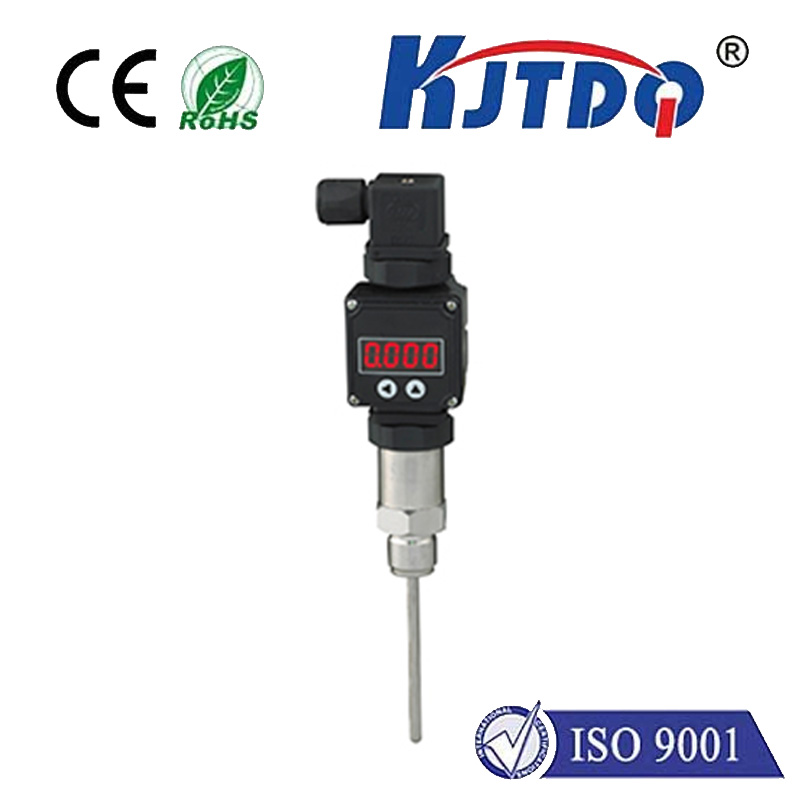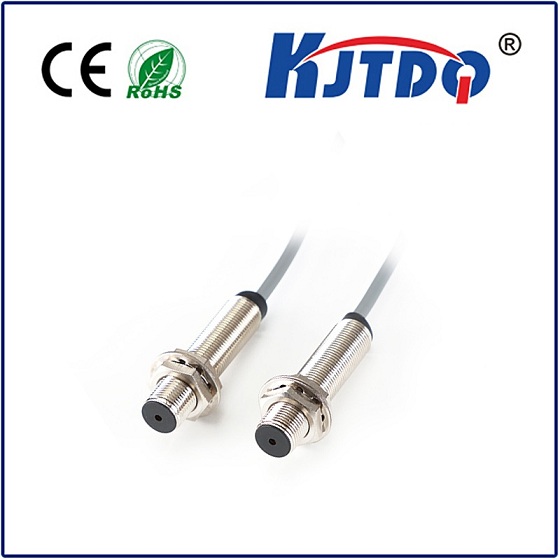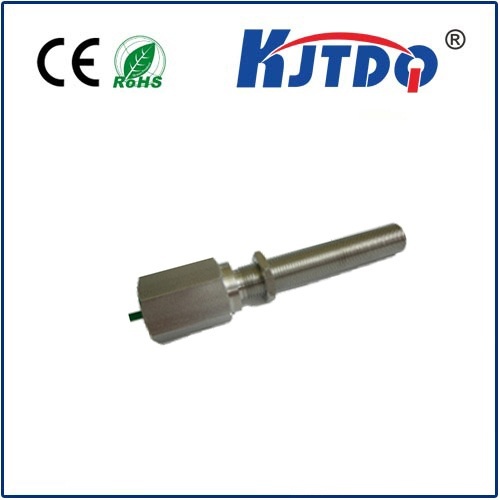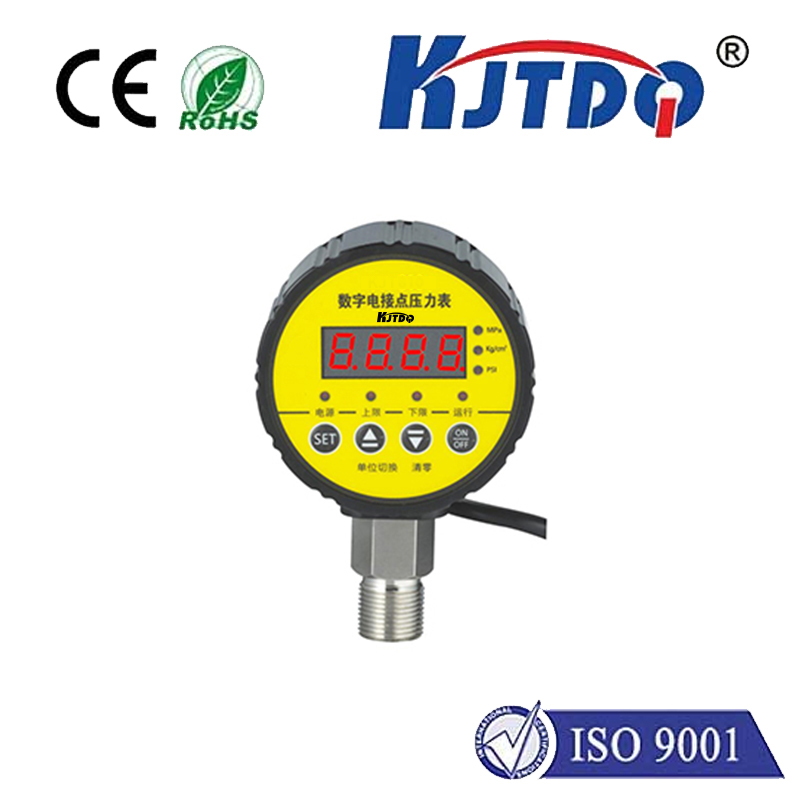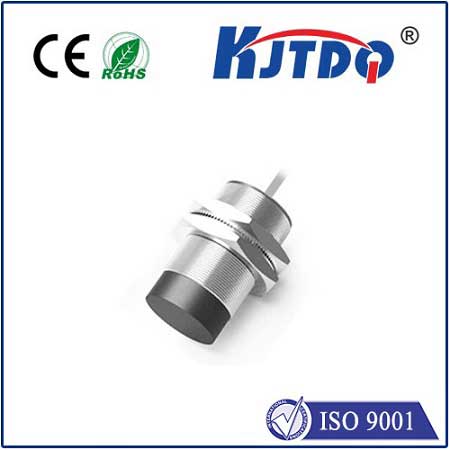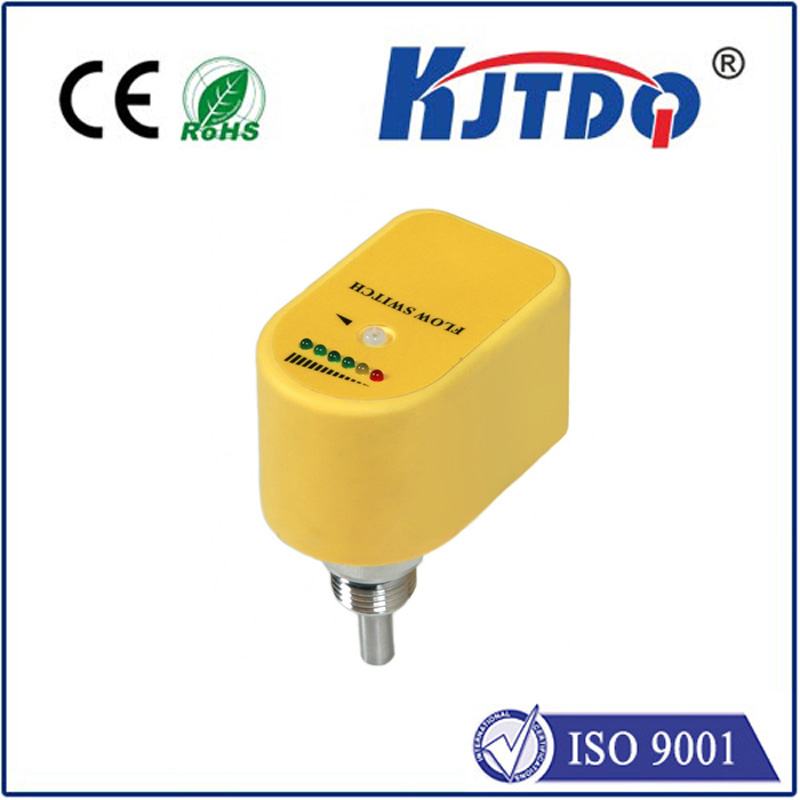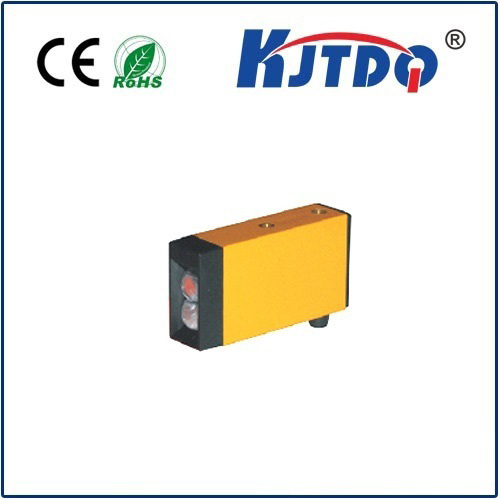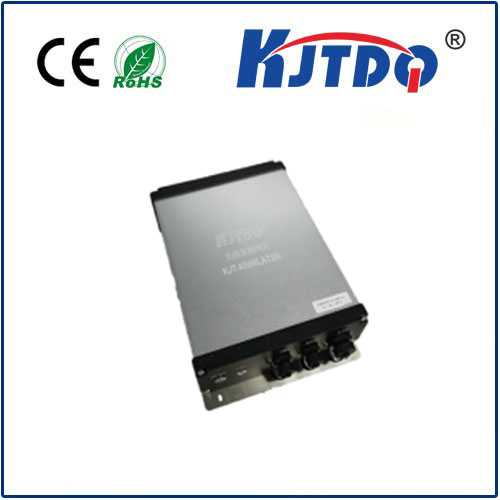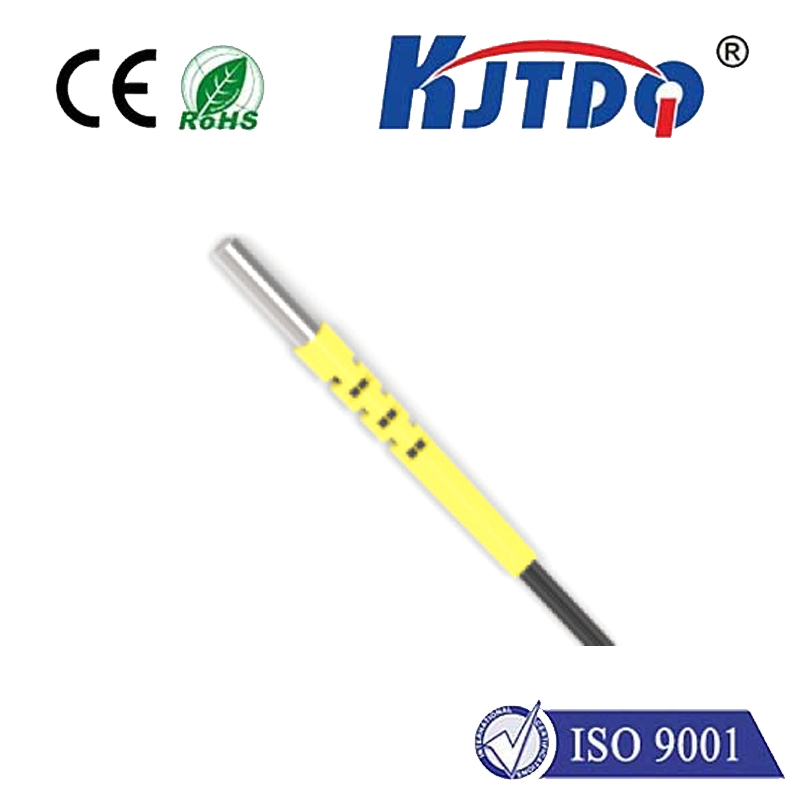датчик приближения магнитной пружины
- time:2025-07-19 08:31:03
- Нажмите:0
Magnetic Reed Proximity Sensors: Silent Guardians of Contactless Detection
Ever wonder how your burglar alarm knows when a door or window opens, even without visible wires? Or how some elevators precisely stop at each floor? Often, the unsung hero enabling this silent, reliable detection is the humble magnetic reed proximity sensor. These unassuming components are masters of contactless switching, leveraging the fundamental power of magnetism to sense the presence or absence of a target, typically a simple magnet. Understanding their operation reveals a world of dependable, low-power sensing solutions spanning countless applications.
At its core, the magic lies within the reed switch. This ingenious device consists of two thin, ferromagnetic nickel-iron reeds (like tiny, flexible metal blades) hermetically sealed within a protective glass envelope. This sealed environment guards against dust, moisture, and corrosion, ensuring long-term reliability. Crucially, these reeds overlap slightly at their tips, separated by a tiny gap.
Here’s where the “magnetic” aspect comes to life. When no magnetic field is present, the reeds remain separated – the switch is open, and no current flows. However, when a magnet (the “actuator” or “target”) approaches within the sensor’s effective range – its proximity zone – something fascinating happens. The external magnetic field magnetizes the ferromagnetic reeds. This induced magnetism causes the tips to become opposite magnetic poles. As opposites attract, the reeds flex slightly and snap together, closing the electrical contact inside the switch. This action effectively completes an electrical circuit. As soon as the magnet moves away and the magnetic field strength drops below a certain threshold, the inherent springiness of the reeds forces them apart, breaking the connection and opening the switch again. This entire mechanism happens without any physical contact between the magnet and the switch itself, making it inherently contactless and wear-free for the sensing element.
Why choose a magnetic reed proximity sensor over other sensing technologies? Several compelling advantages make them a top choice in many scenarios:
- Extreme Reliability & Longevity: With no moving parts beyond the reeds themselves (which endure millions of operations) and protection within a hermetic seal, these sensors boast exceptionally long lifespans and resistance to environmental contaminants. Fewer points of failure translate to consistent performance.
- Intrinsically Low Power Consumption: In their resting state (reed switch open), they consume virtually zero power. They only draw current when the circuit is closed (magnet present). This makes them ideal for battery-powered devices like wireless door/window sensors in security systems.
- Simple Integration: They typically function as passive switches, requiring only simple wiring to interface with control circuits, relays, microcontrollers, or alarms. This inherent simplicity reduces design complexity. Their small size also facilitates installation in confined spaces.
- No Power Required for Sensing: The triggering is purely magnetic. The sensor itself doesn’t need an active power source to detect the magnet – only the circuit it controls might need power. This enhances safety in certain environments.
- Cost-Effectiveness: Magnetic reed switch sensors are generally very economical solutions for basic proximity detection tasks, offering excellent value for their reliability.
- Clear State Indication: They provide a definitive “open” or “closed” electrical state based on the magnet’s presence, simplifying system logic.
The applications for magnetic reed proximity sensors are vast and varied, underlining their versatility and reliability:
- Security & Access Control: This is perhaps the most familiar use. They form the backbone of door and window contact sensors. The sensor body mounts on the frame, the magnet on the moving door/window pane. When closed, the magnet keeps the reed switch closed; opening separates them, triggering the alarm. They are also used in burglar alarms, cabinet locks, and gate sensors.
- Industrial Automation & Process Control: Used extensively for position sensing – detecting the open/closed status of valves, verifying machine guards are in place (safety interlocks), confirming cylinder positions in pneumatic/hydraulic systems, and counting rotations (using multiple magnets on a rotating shaft). Their reliability is crucial here.
- Consumer Appliances & Electronics: Found in washing machine lid switches (prevents operation when open), refrigerator door alarms, laptops detecting lid closure for sleep mode, and cover detection in printers or scanners. Their contactless nature prevents wear on plastic parts.
- Medical Devices: Used in equipment for proximity detection (e.g., closing a door activates a feature), position feedback, and safety interlocks.
- Automotive: Employed in detecting hood/trunk/door status for interior lighting, convertible top position, and gear selector positions.
- HVAC Systems: Sensing the position of dampers or valves, particularly in building automation.
- Elevators & Lifts: Crucial for position feedback to know when the elevator car has reached a specific floor level accurately.
When selecting a magnetic reed proximity sensor for your project, consider these key factors:
- Switch Type: Normally Open (NO) switches close when the magnet is present. Normally Closed (NC) switches open when the magnet is present. Form C (Changeover or SPDT) switches have one common terminal and can switch between two others, essentially combining NO and NC functionality. Choose based on your circuit logic.
- Sensitivity & Operating Distance: This defines the maximum distance at which the magnet can reliably activate the switch. It depends on the strength of the magnet and the sensor’s design. Ensure the magnet strength and required gap align. Don’t assume strong magnets always mean greater distance; the reed switch itself has limits.
- Electrical Ratings: Pay close attention to the maximum switching voltage and current the reed contacts can handle. Exceeding these ratings significantly reduces lifespan or causes immediate failure. Also, consider the switching speed if dealing with high-frequency actuation.
- Mounting & Environment: Consider physical size constraints, mounting style (surface mount, PCB mount, threaded barrel), orientation relative to the magnet, and environmental conditions like temperature extremes, shock/vibration, or potential exposure to aggressive chemicals. While sealed, mechanical stress or very high temperatures can be detrimental.
- Magnet Compatibility: The sensor performance is intrinsically linked to the size, strength (often measured in Gauss), and polarity of the magnet used. Ensure the magnets are suitable for the sensor and the required operating gap. Using the magnet aligned correctly is vital.
From safeguarding homes to ensuring industrial machinery operates safely and reliably, magnetic reed proximity sensors provide a simple, robust, and energy-efficient solution for detecting the presence or absence of a magnetic target. Their unique combination of hermetically sealed construction, zero power consumption when idle, and clear switching action makes them indispensable components across a staggering array of modern technologies. Whether you’re designing a complex automation system or simply wondering how your security system works, the quiet effectiveness of the reed switch sensor is a testament to the enduring power of elegant engineering.
